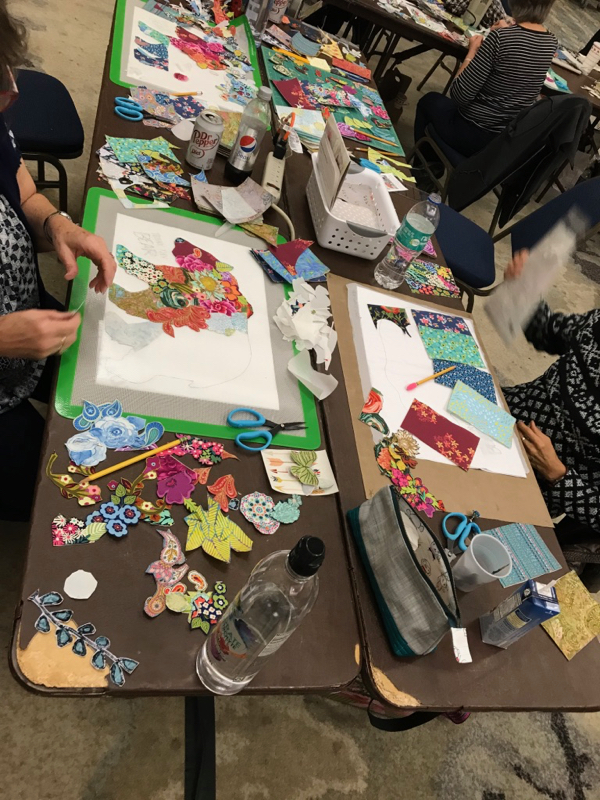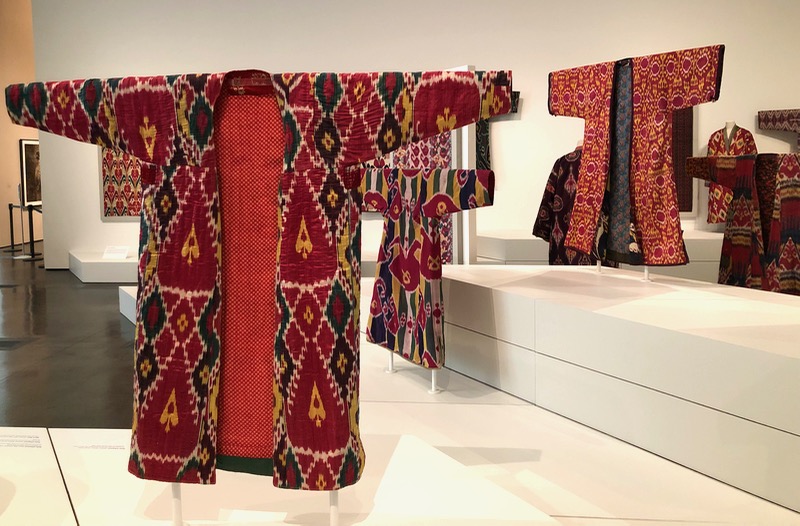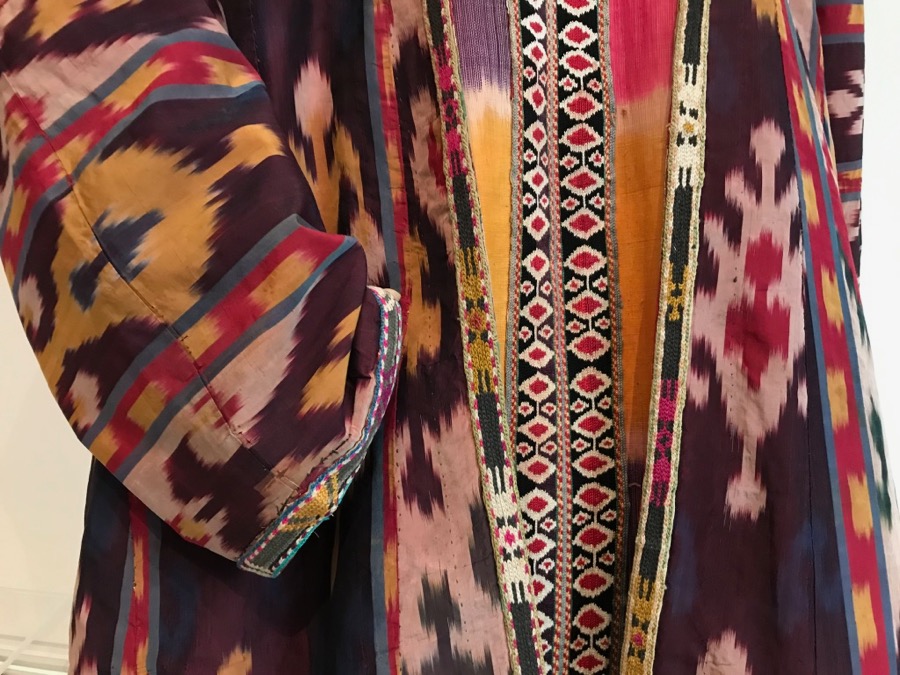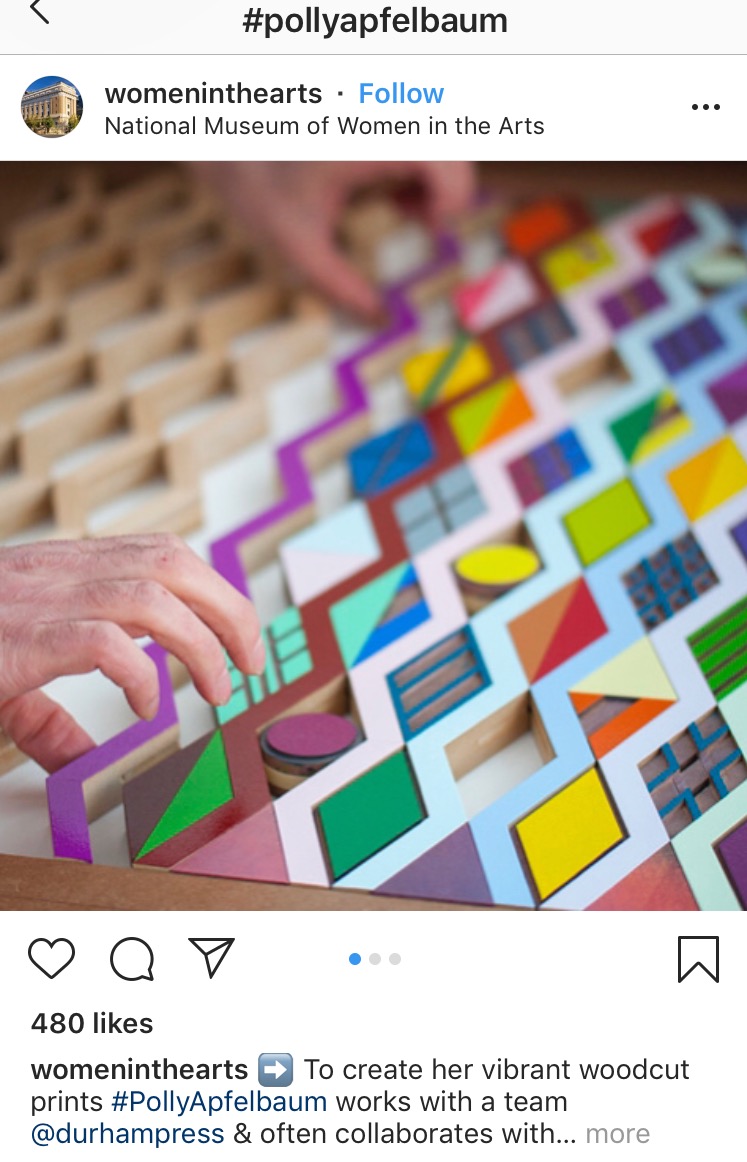
The Venice Biennale, the art or architecture exhibit in Italy, is shown every other year and it just opened. So all the art world has pictures everywhere about what is being shown and who is showing it. This one, using fabric, caught my eye.
Polish-Romani multidisciplinary artist, educator, and activist Małgorzata Mirga-Tas has been selected to represent Poland at the Fifty-Ninth Venice Biennale. Her “Re-enchanting the World” will occupy the Polish Pavilion during the event’s run, from April 23 to November 27, 2022. Known for a practice comprising sculpture, painting, installation, and large-format textiles, Mirga-Tas challenges discriminatory Romani stereotypes and cultivates a positive image of Roma culture. Her work frequently incorporates clothing belonging to friends and family, which she collages into patchwork screens showing scenes of the garments’ wearers engaged in everyday life, smoking or talking or just sitting around.
Art Forum


There are several places in Venice, Italy where the art is displayed, and many nations participate. I grabbed screenshots from the YouTube video for the pictures below, because hey–it’s FABRIC; the video is a three-minute overview of the art.







Britain took the National High Award (a golden lion) for their music presentation Feeling Her Way, by Sonia Boyce. I mention this also because the backdrop for her presentation are walls that look like patchwork and because the video is kind of cool to watch, to listen to.
I took a lot of photograph and digital art classes when I went to college and went through many “evaluations” or “workshops” of what we produced in the dark room/hovering over a computer. So I kind of laughed at one of the paragraphs in the Art Forum review, as it is so very “art-speak.” I propose some minor edits that can describe any of us and our quilts.
Original phrase: “unusually attractive visual form (opening the pavilion to a wider audience) combined with an original and deliberate ideological concept ‘proposing a new narrative about the constant migration of images and mutual influences between Roma, Polish and European cultures.’ ”
My Souped-Up phrase: I use an unusually attractive visual form, combined with an original and deliberate ideological concept of using various geometric and free-form shapes in order to propose a new narrative about the constant integration of images and mutual influences between traditional, modern and art cultures in my quilting.
Like that? You, too, can art-speak!
Happy Quilting!

P.S. I’ve been having some problems with some software changes by the hosting service and WordPress and I are monitoring how comments are emailed to me. If you have a moment and could help us out by leaving some sort of comment (even a word would do, but I read everything) so we can see if this is a bug, or a problem with their new forms, we’d appreciate it.
If you send me a comment, I’ll enter you in a drawing for all my old clothes, so you, too, can enter the Venice Biennale and be world-famous. I’M KIDDING. But if you could leave a comment, that would be great.














































































